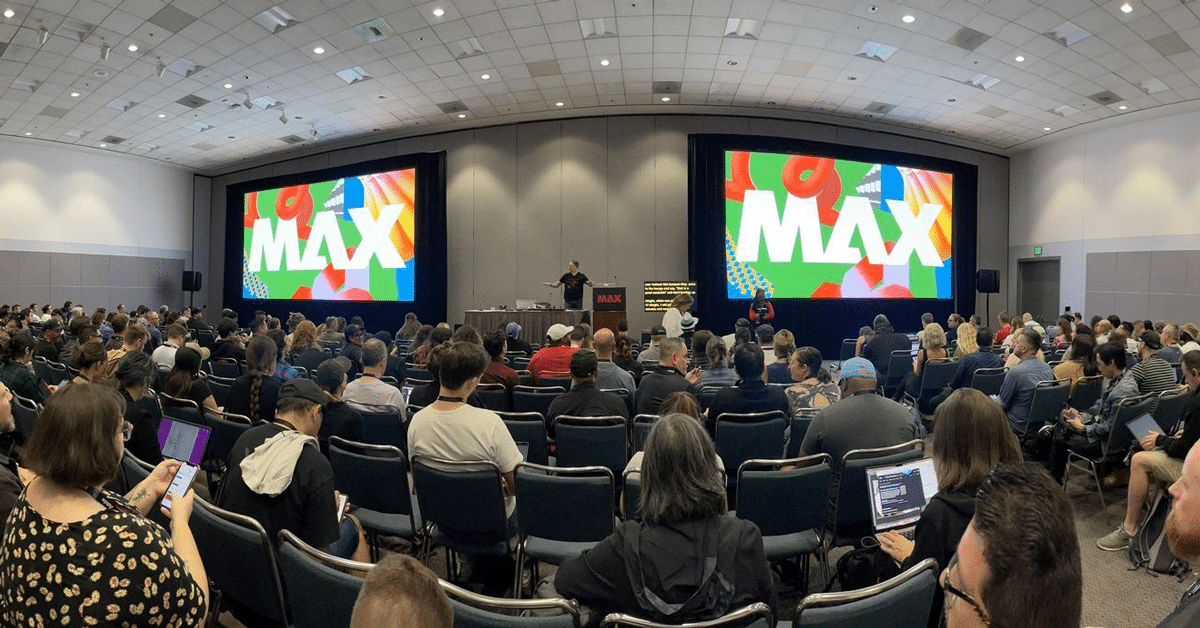I recently returned from attending and speaking at Adobe Max, a premier industry event for design professionals where the future of creativity and innovation took center stage. While there, I observed reactions to the co-evolution of artificial intelligence (AI) and graphic design, witnessing how GenAI, and specifically Large Language Models (LLMs), are transforming the world of design and human creativity.
For me, it sparked this idea we at Groq call, “HumanPlus.” This is when humans, particularly in professional roles, enhance and maximize their skills by seamlessly integrating AI, such as LLMs, into their creative and work processes. Folks may leverage AI to streamline tasks, boost productivity, and expand their creative horizons, ultimately allowing them to work in new ways, generate ideas, and create content that would be challenging or even impossible without AI assistance.
I want to expand on the idea of HumanPlus, what it may mean for our future, and how we can leverage it as a collaborative partnership between humans and AI, where AI serves as a tool to augment human potential, rather than replace it.
The Arrival of GenAI
One year ago, AI discussions at Adobe Max still felt like it was a far off future technology, with strong potential but lots of “maybe” in the discussions. This year, there was an unmistakable presence of what we now call GenAI. It’s transitioned from an early-stage concept to a practical, integral part of the creative process. GenAI is no longer just an exciting science experiment; it’s evolved into various tools professionals can seamlessly integrate into their daily workflows.
This shift represents a fundamental transformation in the design and creative industries. Traditionally, applications like Photoshop or Illustrator were created to serve specific functions. However, with GenAI, prompt engineering now acts as an interface across these applications, allowing creatives to harness the potential of AI within their familiar tools. It’s like having a new, versatile, and highly intelligent collaborator by your side, regardless of the software you are using.
The Impact on Human Creativity: The Speed of Iteration is the Speed of Innovation
The most significant impact of AI on human creativity is the dramatic increase in speed. In the creative world, time is of the essence, and AI offers accelerated inspiration. Specifically, GenAI allows designers to iterate quickly and effortlessly. Designers and creators can now generate images and styles within seconds, provided they know how to ask, or prompt, for the right inputs. AI is enabling the generation of ideas and content dynamically, allowing professionals to work at the speed of thought. This newfound creative velocity in a design process is nothing short of a game-changer, with the rapid ideation and iteration possibilities fueling inspiration and creativity among designers and marketers.
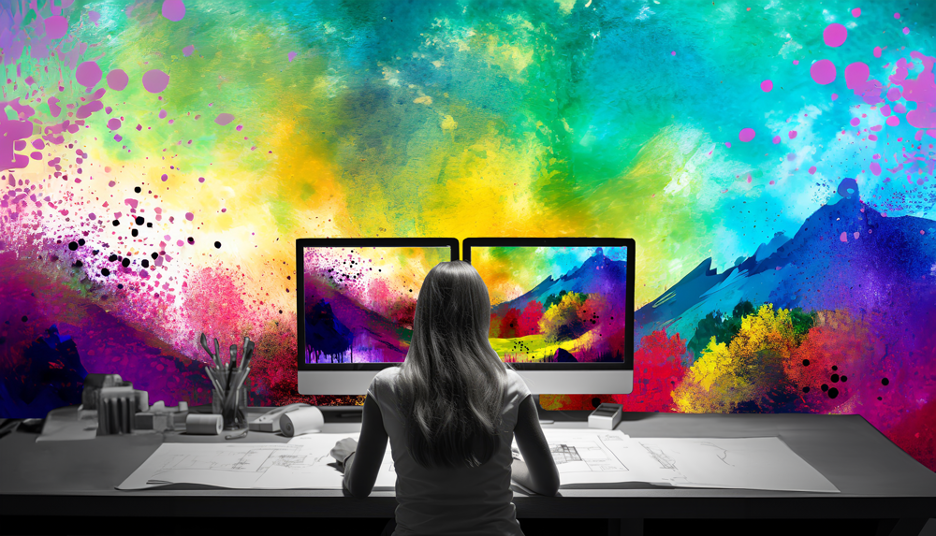
The Transformation of Fear into Inspiration
The fear that AI might replace human creativity and jobs is real, in the design community and beyond. The notion that AI can outperform humans in tasks that would otherwise take hours is at the heart of this unease. However, there is a silver lining.
As professionals delve deeper into the capabilities of GenAI, they are starting to realize that AI is not a threat but rather a tool to maximize their individual potential. Rather than being replaced, they are shifting into HumanPlus mode. AI takes care of the repetitive, time-consuming tasks, allowing humans to focus on their unique creative strengths, being inspired, and forming the idea. The fear I saw and heard is gradually giving way to curiosity and excitement as people recognize that AI is not here to replace them, but to expand their abilities.
The Role of LLMs
LLMs are a crucial component of the co-evolution of AI and human creativity. While many are familiar with LLMs like GPT, it’s essential to understand how they expand human capacity. LLMs are more than just chat or query tools; they are the bridge that enables individuals to perform tasks that were previously outside their skill set.
Whether it’s generating code for non-programmers, writing poetically for programmers, or creating images for marketers, LLMs are transforming the way people interact with technology. The ability to interface, communicate, and collaborate with machines using natural language is a powerful aspect of HumanPlus.
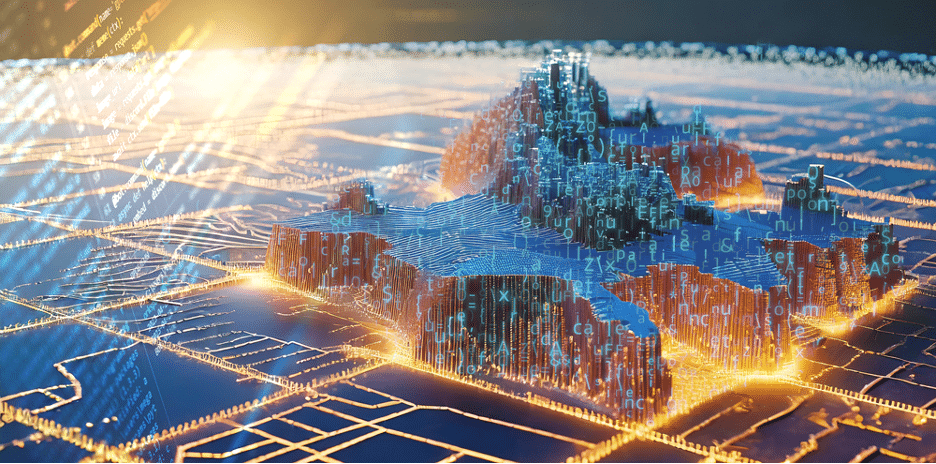
The Emergence of Language User Interfaces
Language User Interfaces (LUIs) are at the heart of the HumanPlus paradigm. These interfaces enable seamless communication between humans and machines, making it possible to have a dialogue with any application. LUIs take various forms, from audio inputs to text-based typing interactions.
What sets a LUI apart is how fluid the experience is when you are having a dialog or iterating. As every end-user eventually becomes a form of Prompt Designer, Architect, or Engineer in their own right and interacts with LLMs, the collaboration between humans and machines becomes more profound. With the right prompts and controls, combined with an accurate and low latency performance (no lag is critical), individuals can tap into a world of possibilities that were previously inaccessible. I think to Neo in the Matrix after he is plugged in and downloads a new skill, “I know kung fu!”. Imagine being able to write javascript and you don’t know javascript. For creative roles, the evolution of the GUI (Graphic User Interface) enabled us to create without knowing anything about the happenings behind the interface. We don’t code to draw a circle, we grab a tool and draw a circle on a digital canvas. What took decades to mature as an interface is happening again with LLMs, but it will take months and years, not decades, this time around.
See the below graphic iteration showing what’s possible with prompt engineering.
Graphic Designer Meets Prompt Engineer
Early Prompt
Realistic closeup photographic Portrait of a young woman, ethnically ambiguous, facing the camera in the style of vintage grainy film
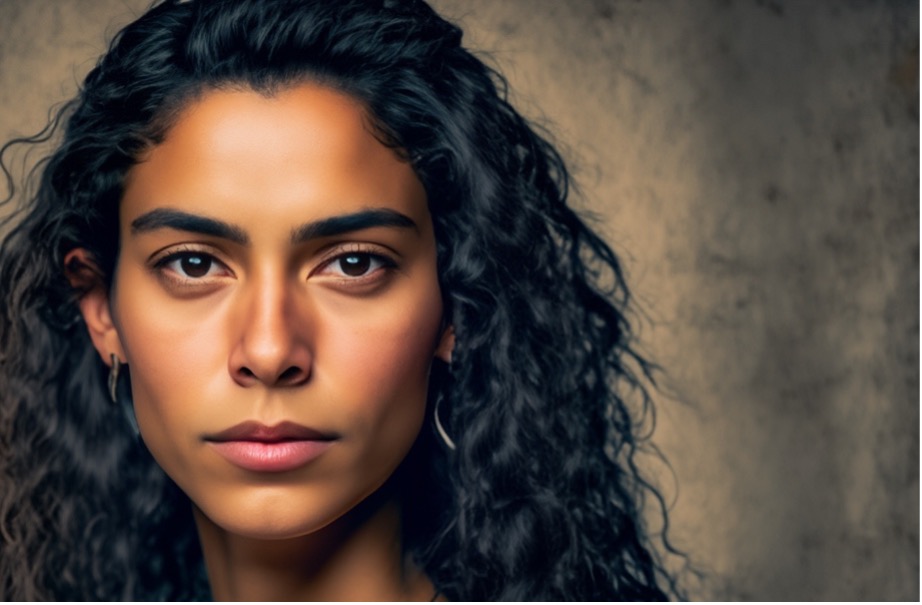
A Few Prompt Iterations
Realistic closeup photographic Portrait of a young woman, ethnically ambiguous, facing the camera in the style of vintage double exposure photograph blended between a portrait of the single young woman and a photo of an ivy plant and foliage made in the style of vintage film photography grain
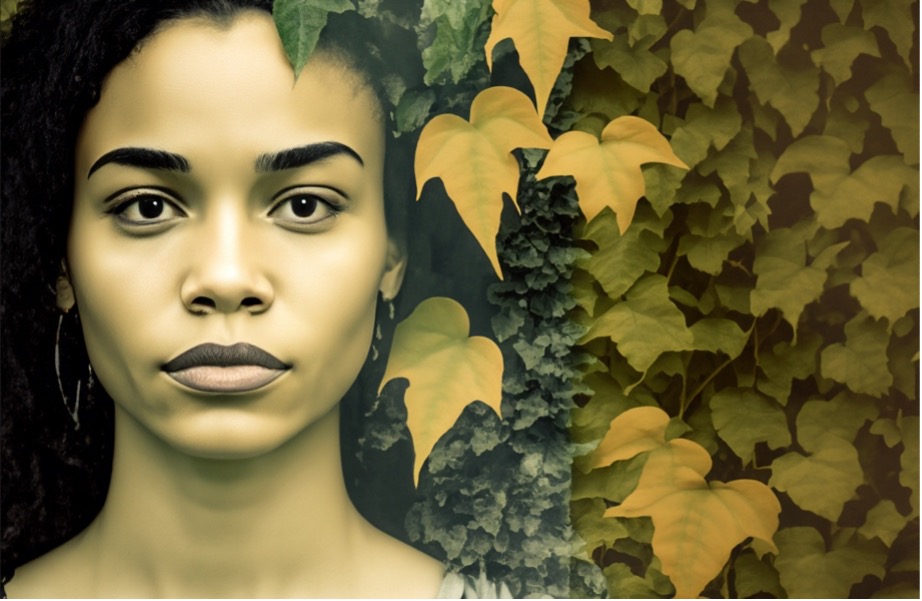
Final Round of Prompt Iteration
Realistic closeup photographic Portrait of a young woman, ethnically ambiguous, facing the camera in the style of vintage double exposure photograph blended between a portrait of the single young woman and a photo of an ivy plant and foliage made in the style of vintage film photography grain. As a blend of two styles, use some watercolor painting techniques and textures around the double explore blending.
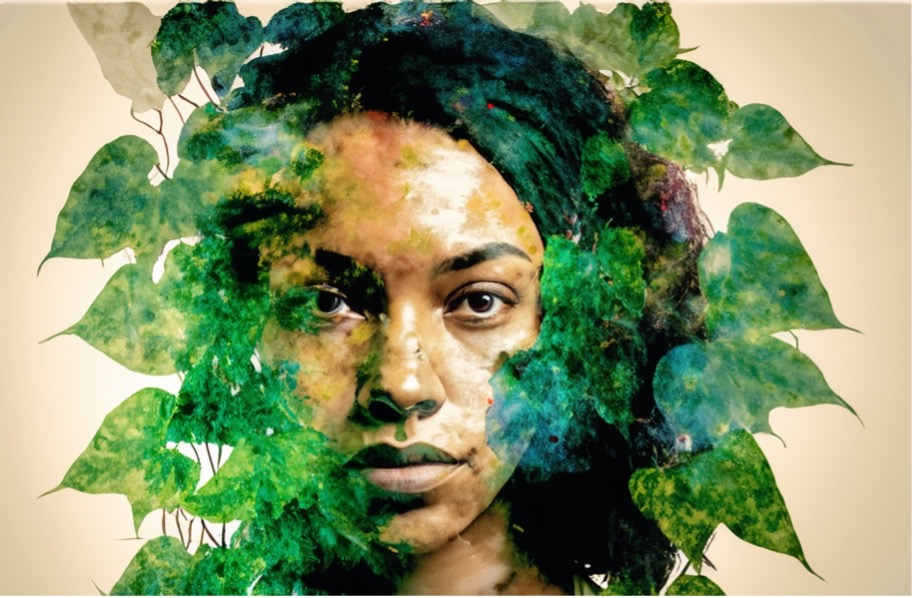
The Future Trend: Expanding Human Potential
The most exciting trend at the intersection of AI and creativity is the expansion of human potential. GenAI is removing the boundaries of style, allowing creators to explore and produce beyond their own skills. With GenAI, you can sketch a simple doodle and transform it into a masterfully rendered image, all by asking the right questions. Then you can iterate on that repeatedly as if you were your own Art Director, focusing more on the quality of idea and less about the right mix of layers, brushes, and various settings to accomplish a particular look. The limitless possibilities for iteration and replicability are opening up new horizons for creativity.
Conclusion Thus Far…
The co-evolution of AI and human creativity is a journey as people surpass the worry that AI might replace human creativity and give way to the excitement that AI is a powerful tool to leverage, rather than fear. LLMs and LUIs are the enablers of HumanPlus, allowing individuals to maximize their potential and expand their creative horizons.
As we move further into the Creative Age, we can look forward to a future where creativity knows no bounds, and technology allows us to explore uncharted territories of design and imagination. The stage is set, and we, as a community, are poised to embark on a remarkable journey where the fusion of AI and human creativity reshapes the way we create and innovate.
I’d like to add one last thing–a huge thank you to the design and creative community that shared so many of their thoughts, concerns, and inspirations during Adobe MAX. I was fortunate to get to speak to so many people during my multiple sessions, and to the dreamers and visionaries who are building these new tools. Groq is excited to enable these types of technologies powering foundational LLMs (Llama, Falcon, and others), so that we can contribute to the expansion of our shared human potential. I see how we’re going to help take technology to the next level providing the most fluid level of performance this movement demands. And we’re going to take human potential to the next level together.
